Research on Gas-Path Fault-Diagnosis Method of Marine Gas Turbine Based on Exergy Loss and Probabilistic Neural Network
Abstract
1. Introduction
2. Exergy Model for Marine Gas Turbine
2.1. Exergy Flow Analysis of Gas Turbine
2.2. Exergy Models for Gas Turbine
3. Gas-Path Fault-Diagnosis Approach Based on Exergy Loss and Probabilistic Neural Network (PNN)
3.1. Probabilistic Neural Network (PNN)
- If , ;
- If , .
3.2. Fault Diagnosis Process
4. Example Verification
4.1. Simulation and Result Analysis of Exergy Loss of Typical Gas-Path Faults
4.2. Analysis of PNN Fault Diagnosis Based on Exergy Loss
4.2.1. Fault-Detection Index
4.2.2. Example of Marine Gas Turbine Fault Diagnosis under Certain Operating Conditions
5. Conclusions
Author Contributions
Funding
Conflicts of Interest
References
- Lu, F.; Jiang, J.; Huang, J.; Qiu, X. An Iterative Reduced KPCA Hidden Markov Model for Gas Turbine Performance Fault Diagnosis. Energies 2018, 11, 1807–1828. [Google Scholar] [CrossRef]
- Amare, F.D.; Gilani, S.I.; Aklilu, B.T. Two-shaft stationary gas turbine engine gas path diagnostics using fuzzy logic. J. Mech. Sci. Tech. 2017, 31, 5593–5602. [Google Scholar] [CrossRef]
- Yang, Q.; Li, S.; Cao, Y. A Gas Path Fault Contribution Matrix for Marine Gas Turbine Diagnosis Based on a Multiple Model Fault Detection and Isolation Approach. Energies 2018, 11, 3316–3337. [Google Scholar] [CrossRef]
- Li, J.; Fan, D.; Sreeram, V. SFC optimization for aero engine based on hybrid GA-SQP method. Int. J. Turbo. Jet-Engines 2013, 30, 383–391. [Google Scholar] [CrossRef]
- Kraft, J.; Sethi, V.; Singh, R. Optimization of aero gas turbine maintenance using advanced simulation and diagnostic methods. J. Eng. Gas. Turbines Power 2014, 136, 111601. [Google Scholar] [CrossRef]
- Zwebek, A.; Pilidis, P. Degradation Effects on Combined Cycle Power Plant Performance—Part I: Gas Turbine Cycle Component Degradation Effects. J. Eng. Gas. Turbines Power 2003, 125, 306–315. [Google Scholar] [CrossRef]
- Volponi, A.J. Gas Turbine Engine Health Management: Past, Present, and Future Trends. J. Eng. Gas Turbines Power 2014, 136. [Google Scholar] [CrossRef]
- Tahan, M.; Tsoutsanis, E.; Muhammad, M. Performance-based health monitoring, diagnostics and prognostics for condition-based maintenance of gas turbines: A review. Appl. Energy 2017, 198, 122–144. [Google Scholar] [CrossRef]
- Li, Y.G. Gas turbine performance and health status estimation using adaptive gas path analysis. J. Eng. Gas Turb. Power 2010, 132, 041701. [Google Scholar] [CrossRef]
- Ying, Y.; Cao, Y.P.; Li, S. Study on gas turbine engine fault diagnostic approach with a hybrid of gray relation theory and gas-path analysis. Adv. Mech. Eng. 2016, 8, 1–14. [Google Scholar] [CrossRef]
- Simon, D.L.; Bird, J.; Davison, C.; Volponi, A.; Iverson, R.E. Bench marking gas path diagnostic methods: A public approach. In Proceedings of the ASME Turbo Expo 2008: Power for Land, Sea, and Air, Berlin, Germany, 9–13 June 2008; pp. 325–336. [Google Scholar]
- Kyriazis, A.; Mathioudakis, K. Gas Turbine Fault Diagnosis Using Fuzzy-Based Decision Fusion. J. Propuls. Power 2009, 25, 335–343. [Google Scholar] [CrossRef]
- Marinai, L.; Singh, R. A fuzzy logic approach to gas path diagnostics in Aero-engines. In Computational Intelligence in Fault Diagnosis; Springer: Berlin/Heidelberg, Germany, 2006; pp. 37–79. [Google Scholar]
- Zaidan, M.A.; Mills, A.R.; Harrison, R.F.; Fleming, P.J. Gas turbine engine prognostics using Bayesian hierarchical models: A variational approach. Mech. Syst. Sig. Proc. 2016, 70, 120–140. [Google Scholar] [CrossRef]
- Zaidan, M.A.; Mills, A.R.; Harrison, R.F.; Fleming, P.J. Bayesian hierarchical models for aerospace gas turbine engine prognostics. Expert Syst. Appl. 2015, 42, 539–553. [Google Scholar] [CrossRef]
- Romessis, C.; Stamatis, A.; Mathioudakis, K. Setting up a belief network for turbofan diagnosis with the aid of an engine performance model. ISABE Pap. 2001, 1032, 19–26. [Google Scholar]
- Cao, Y.P.; Li, S.Y.; Yi, S.; Zhao, N.B. Fault diagnosis of a gas turbine gas fuel system using a self-organizing network. Adv. Sci. Lett. 2012, 8, 386–392. [Google Scholar] [CrossRef]
- Côme, E.; Cottrell, M.; Verleysen, M.; Lacaille, J. Aircraft engine health monitoring using self-organizing maps. In Industrial Conference on Data Mining; Springer: Berlin/Heidelberg, Germany, 2010; pp. 405–417. [Google Scholar]
- Talaat, M.; Gobran, M.H.; Wasfi, M. A hybrid model of an artificial neural network with thermodynamic model for system diagnosis of electrical power plant gas turbine. J. Eng. Appl. Artif. Intell. 2018, 68, 222–235. [Google Scholar] [CrossRef]
- Zedda, M.; Singh, R. Gas Turbine Engine and Sensor Fault Diagnosis Using Optimization Techniques. J. Propuls. Power 2002, 18, 1019–1025. [Google Scholar] [CrossRef]
- Alfredo, G.; Raniero, S. A multi-variable multi-objective methodology for experimental data and thermodynamic analysis validation: An application to micro gas turbines. J. Appl. Therm. Eng. 2018, 134, 501–512. [Google Scholar] [CrossRef]
- Meskin, N.; Naderi, E.; Khorasani, K. A Multiple Model-Based Approach for Fault Diagnosis of Jet Engines. IEEE Trans. Control Syst. Technol. 2013, 21, 254–262. [Google Scholar] [CrossRef]
- Iacentino, A.; Catrini, P. Assessing the Robustness of Thermoeconomic Diagnosis of Fouled Evaporators: Sensitivity Analysis of the Exergetic Performance of Direct Expansion Coils. Entropy 2016, 18, 85. [Google Scholar] [CrossRef]
- Keshavarzian, S.; Rocco, M.V.; Colombo, E. Thermoeconomic diagnosis and malfunction decomposition: Methodology improvement of the Thermoeconomic Input-Output Analysis (TIOA). Energy Convers. Manag. 2018, 157, 644–655. [Google Scholar] [CrossRef]
- Valero, A.; Correas, L.; Zaleta, A.; Lazzaretto, A.; Verda, V.; Reini, M.; Rangel, V. On the thermoeconomic approach to the diagnosis of energy system malfunctions Part 2. Malfunction definitions and assessment. Energy 2004, 29, 1889–1907. [Google Scholar] [CrossRef]
- Verda, V.; Valero, A.; Serra, L.; Rangel, V.; Zaleta, A.; Lazzaretto, A.; Toffolo, A.; Reini, M.; Taccani, R.; Donatini, F.; et al. On the thermoeconomic approach to the diagnosis of energy system malfunctions. Part 3 Approaches to the diagnosis problem. In Proceedings of the 16th International Conference on Efficiency, Costs, Optimization, Simulation and Environmental Impact of Energy Systems, Copenhagen, Denmark, 30 June–2 July 2003. [Google Scholar]
- Valero, A.; Correas, L.; Zaleta, A.; Lazzaretto, A.; Verda, V.; Reini, M.; Rangel, V. On the thermoeconomic approach to the diagnosis of energy system malfunctions: Part 1: The TADEUS problem. Energy 2004, 29, 1875–1887. [Google Scholar] [CrossRef]
- Yang, Q.; Li, S.; Cao, Y. Multiple model-based detection and estimation scheme for gas turbine sensor and gas path fault simultaneous diagnosis. J Mech. Sci. Technol. 2019, 33, 1959–1972. [Google Scholar] [CrossRef]
- Taheri, K.; Gadow, R. Industrial compressed air system analysis: Exergy and thermoeconomic analysis. J. Manuf. Sci. Technol. 2017, 18, 10–17. [Google Scholar] [CrossRef]
- Loboda, I.; Robles, M.A. Gas Turbine Fault Diagnosis Using Probabilistic Neural Networks. J. Int. J. Turbo. Jet-Engines 2015, 32, 175–191. [Google Scholar] [CrossRef]
- Khashei, M.; Bijari, M.; Ardali, G.A.R. Hybridization of autoregressive integrated moving average (ARIMA) with probabilistic neural networks (PNNs). Comput. Ind. Eng. 2012, 63, 37–45. [Google Scholar] [CrossRef]
- Lakshmi, R.S.; Sivakumar, A.; Rajaram, G.; Swaminathan, V.; Kannan, K. A novel hypergraph-based feature extraction technique for boiler flue gas components classification using PNN—A computational model for boiler flue gas analysis. J. Ind. Inf. Integr. 2017, 9, 35–44. [Google Scholar] [CrossRef]
- Ali, J.B.; Saidi, L.; Mouelhi, A.; Chebel-Morello, B.; Fnaiech, F. Linear feature selection and classification using PNN and SFAM neural networks for a nearly online diagnosis of bearing naturally progressing degradations. Eng. Appl. Artif. Intell. 2015, 42, 67–81. [Google Scholar] [CrossRef]
- Bushehri, S.M.; Zarchi, M.S. An expert model for self-care problems classification using probabilistic neural network and feature selection approach. Appl. Soft Comput. 2019, 82. [Google Scholar] [CrossRef]
- Porwik, P.; Doroz, R.; Orczyk, T. Signatures verification based on PNN classifier optimised by PSO algorithm. Pattern Recognit. 2016, 60, 998–1014. [Google Scholar] [CrossRef]
- Cao, Y.; He, Y.; Yu, F.; Du, J.; Li, S.; Yang, Q.; Liu, R. A Two-Layer Multi-Model Gas Path Fault Diagnosis Method. In Proceedings of the ASME Turbo Expo 2018: Turbomachinery Technical Conference and Exposition, Oslo, Norway, 11–15 June 2018. Volume 6: Ceramics; Controls, Diagnostics, and Instrumentation; Education; Manufacturing Materials and Metallurgy. [Google Scholar]
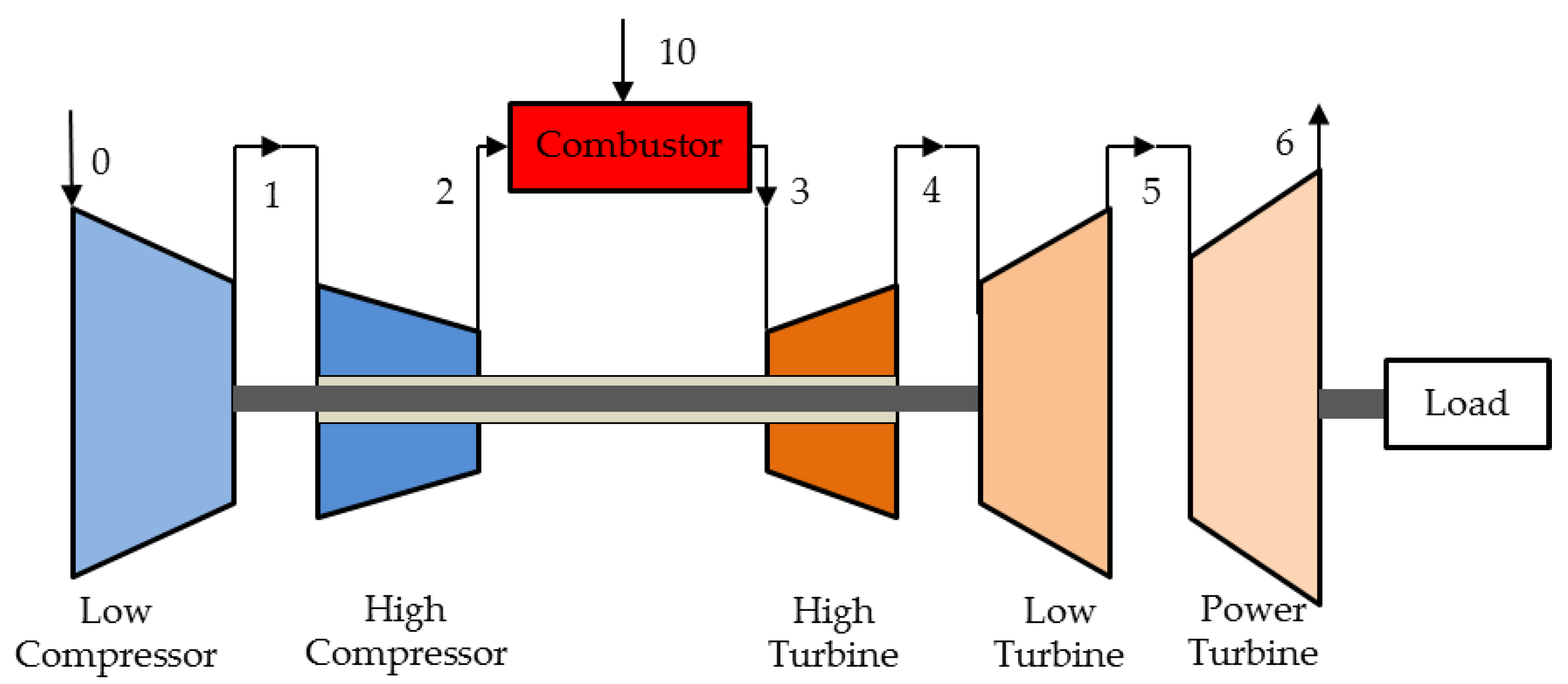
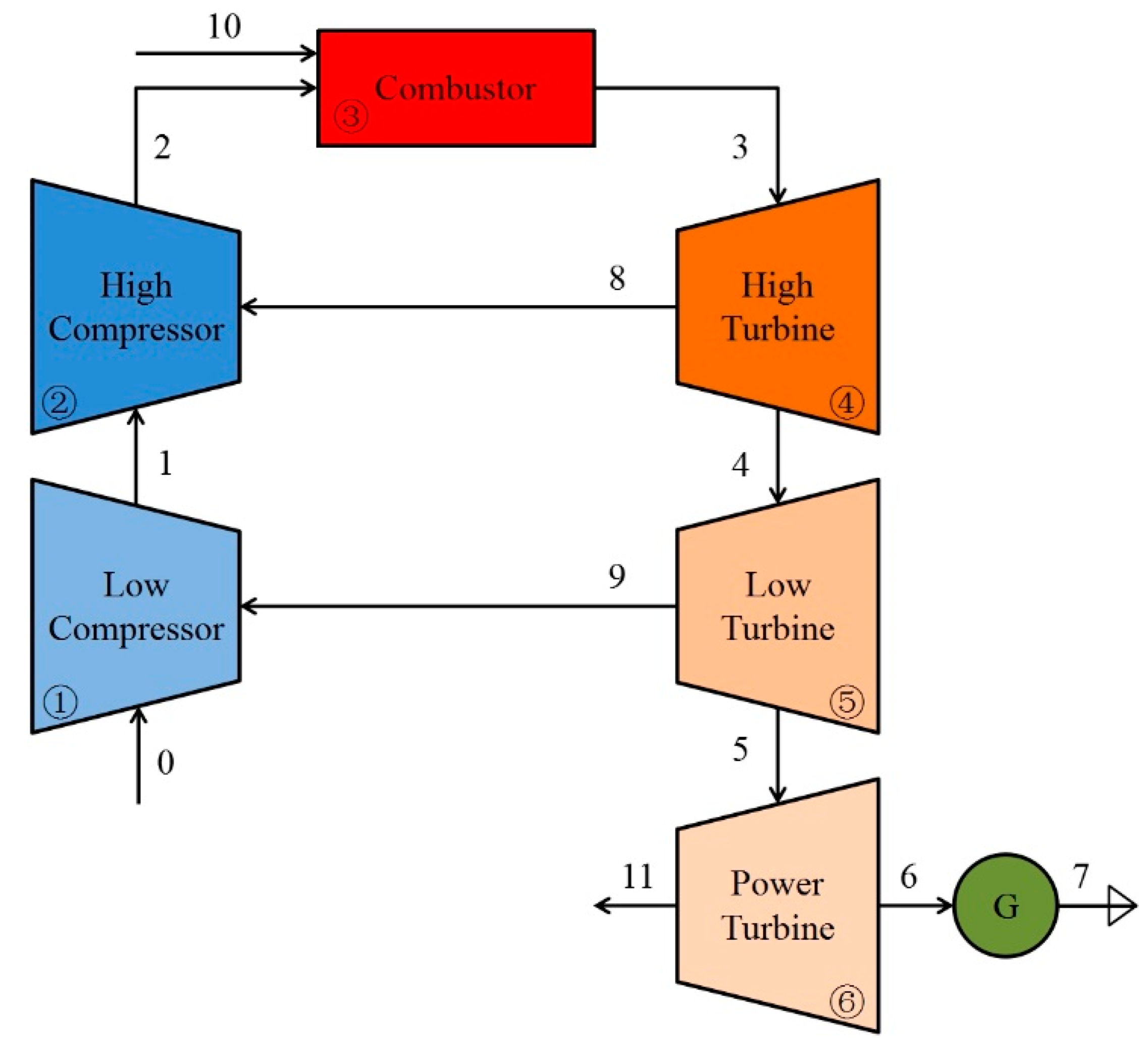
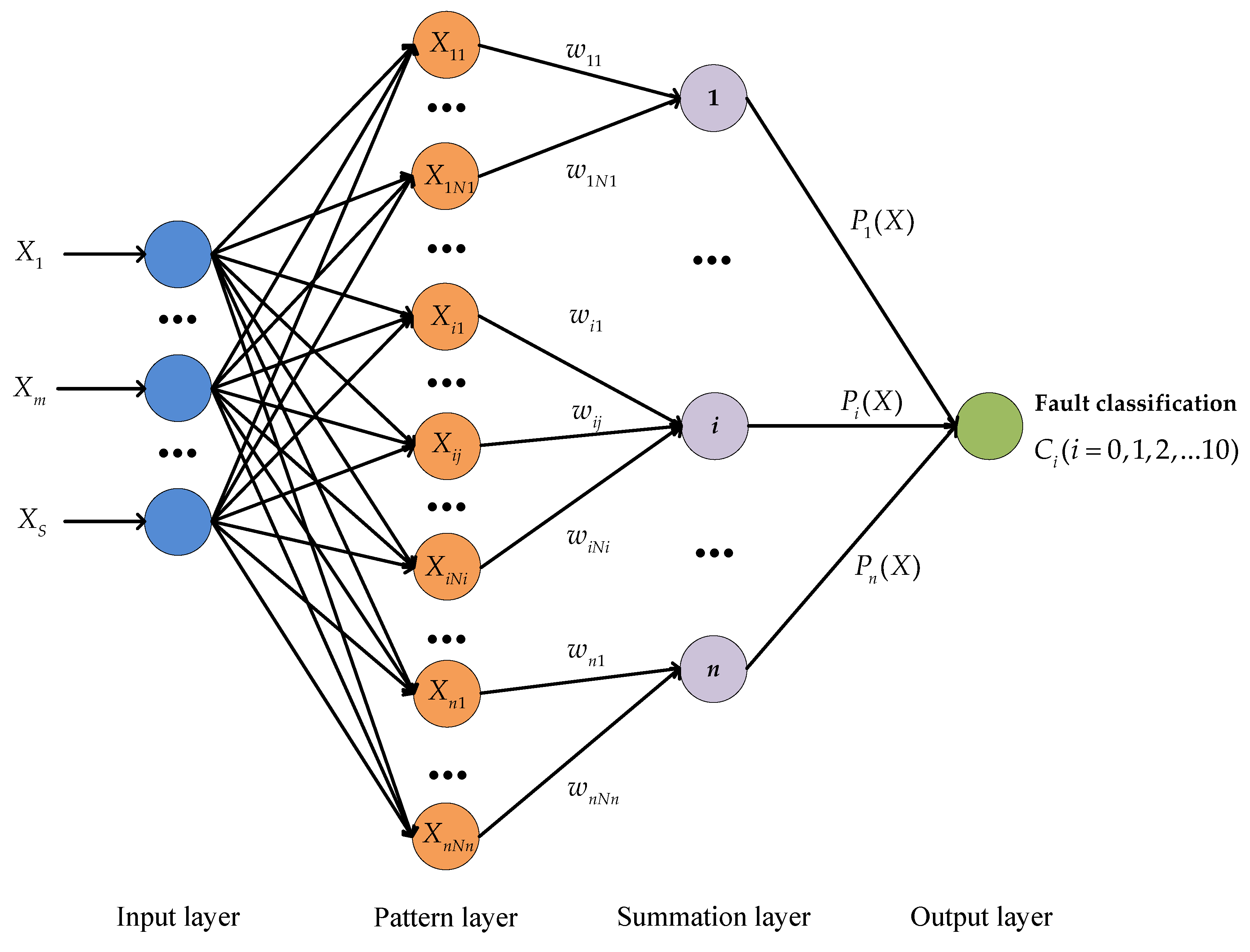
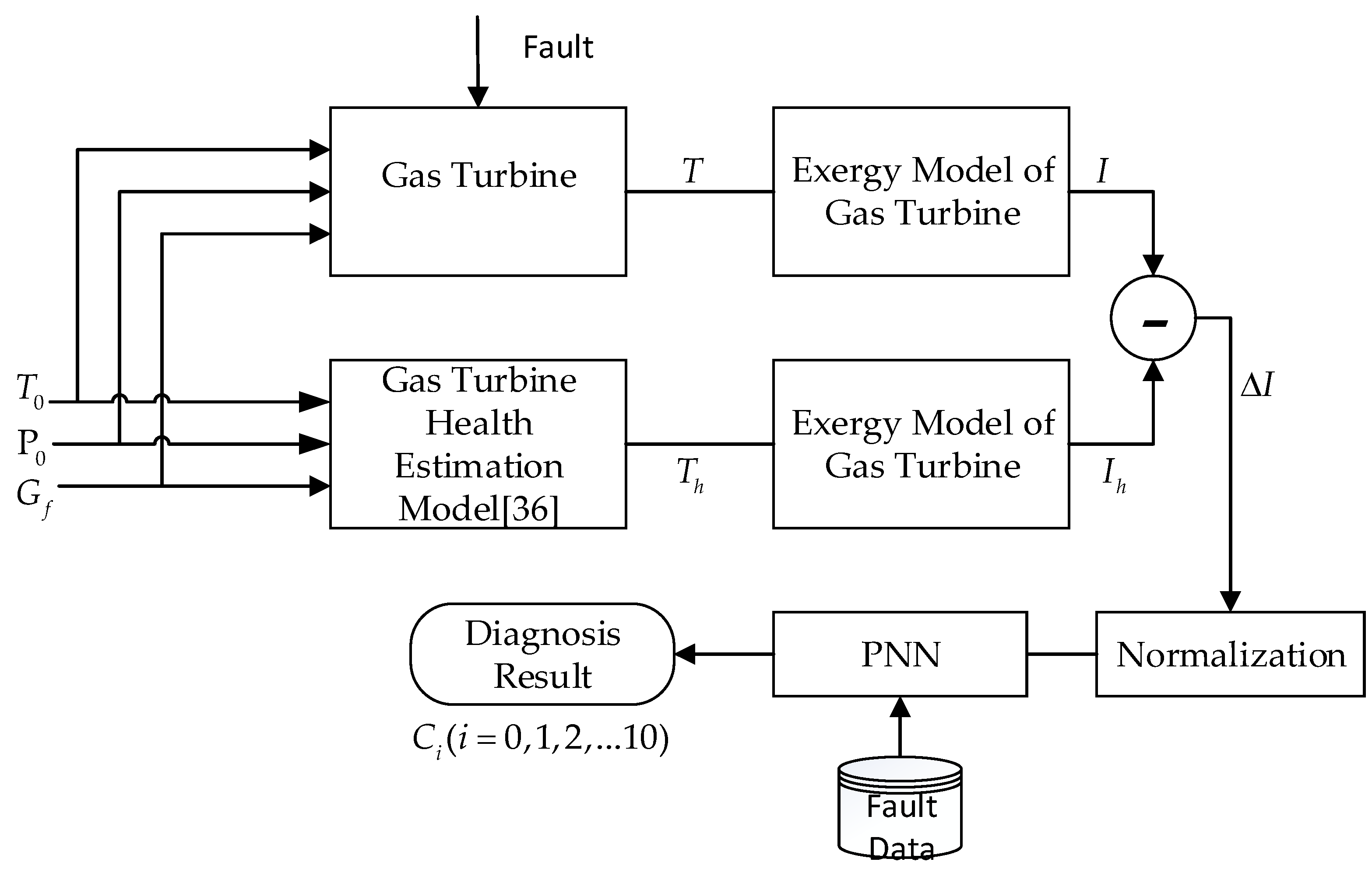
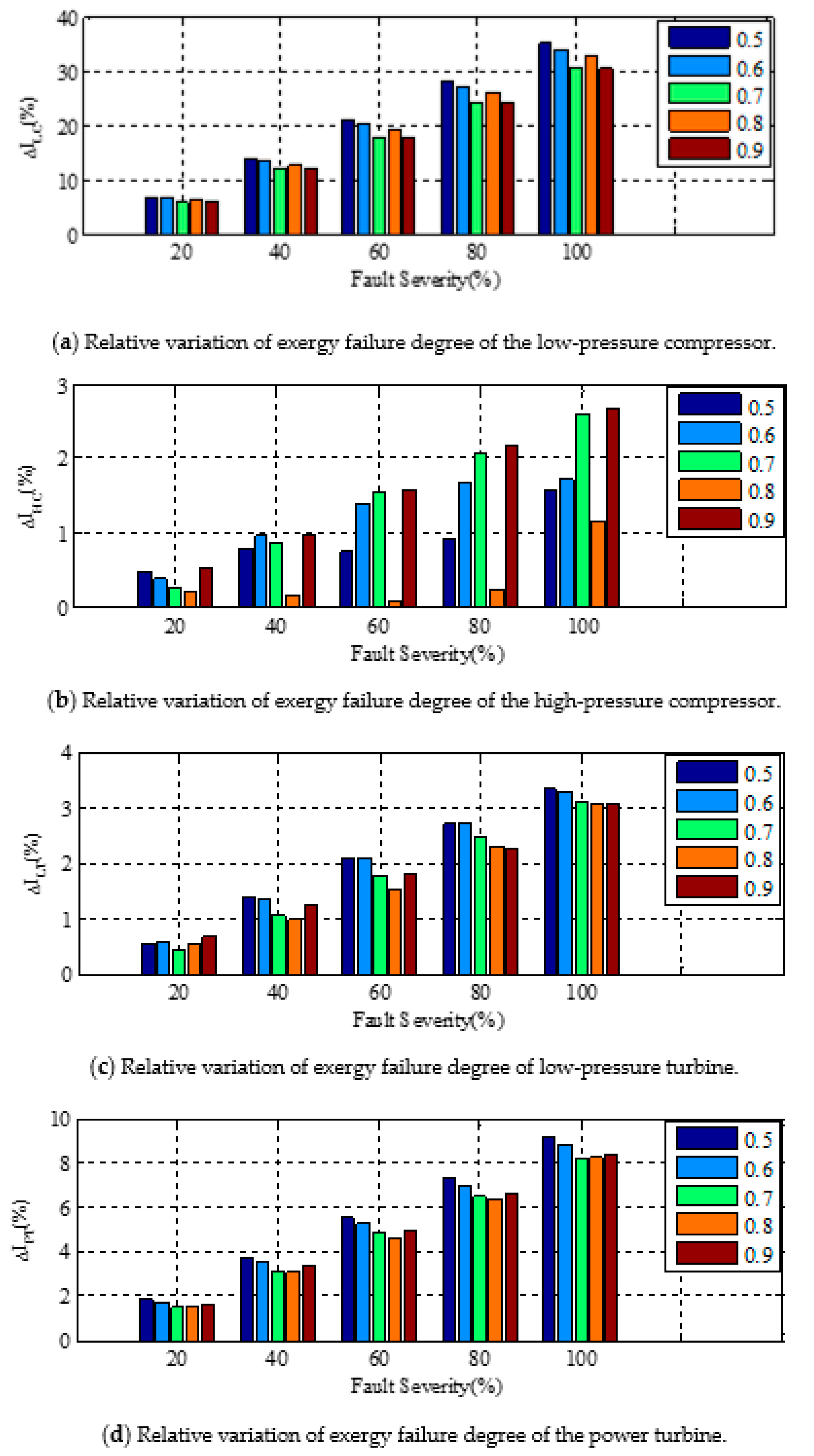
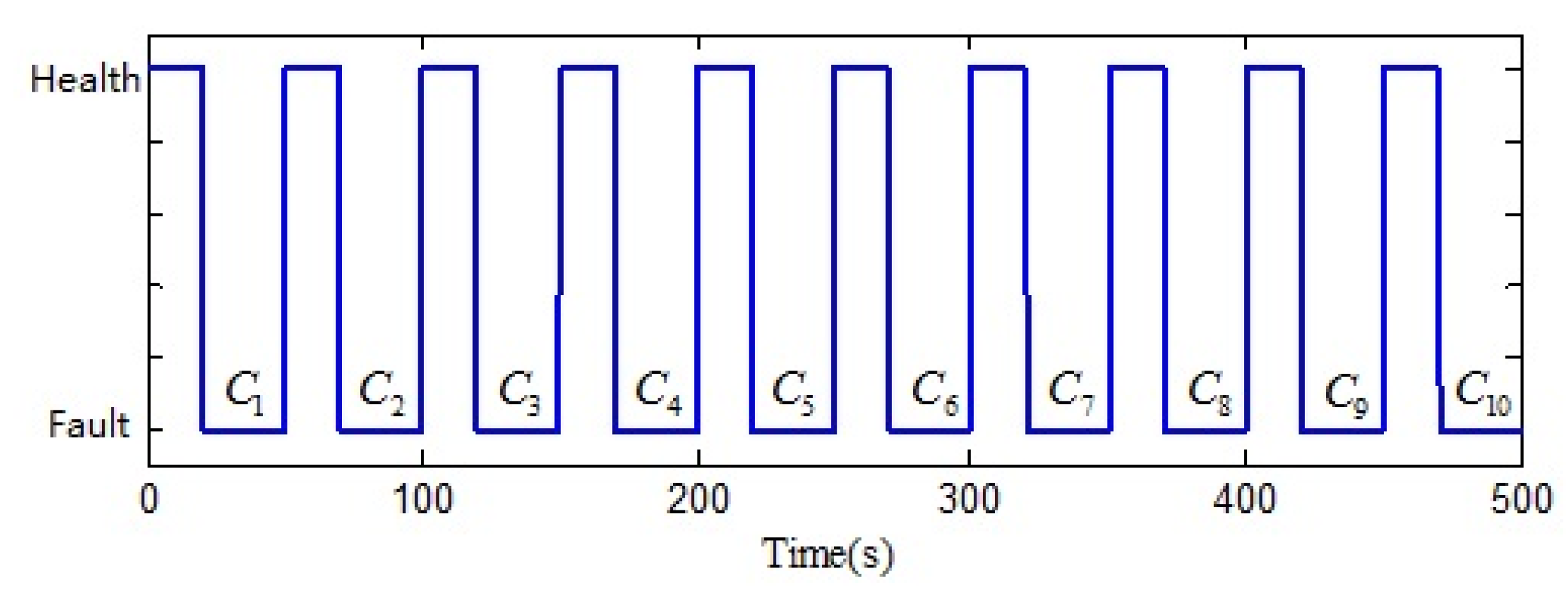

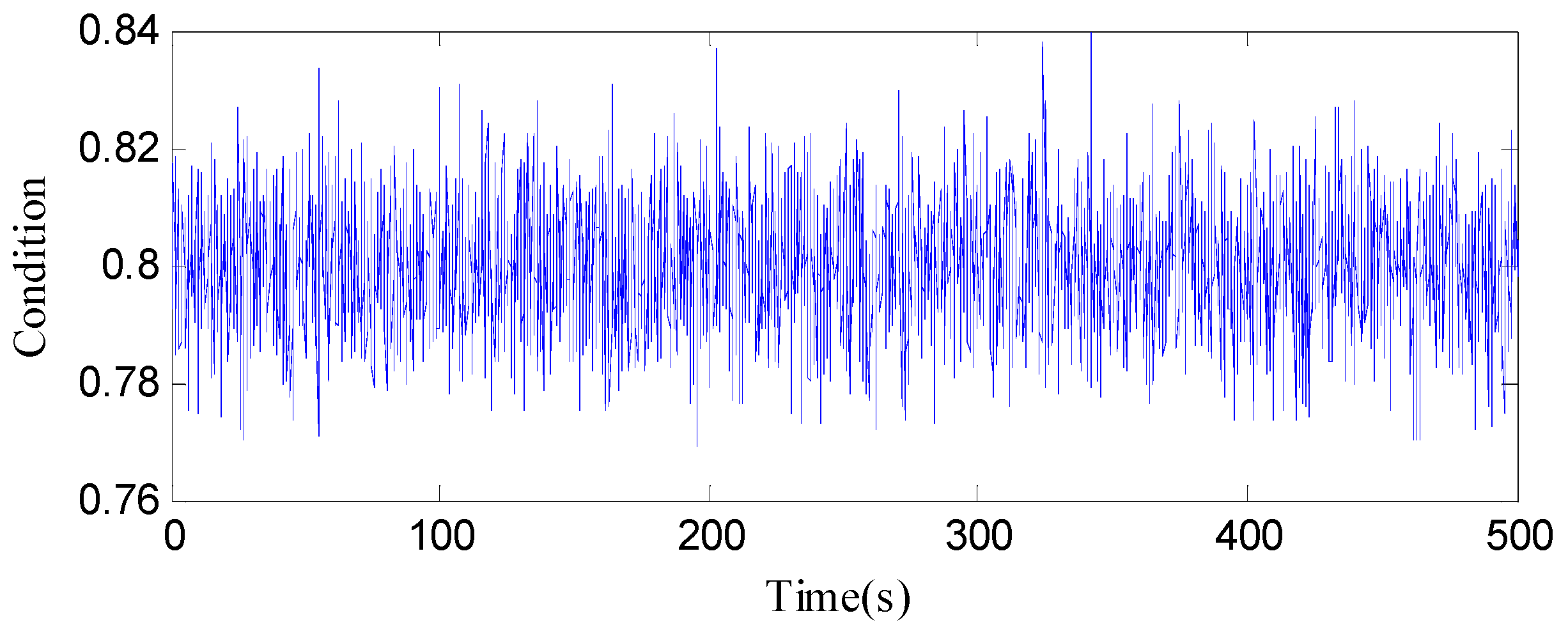
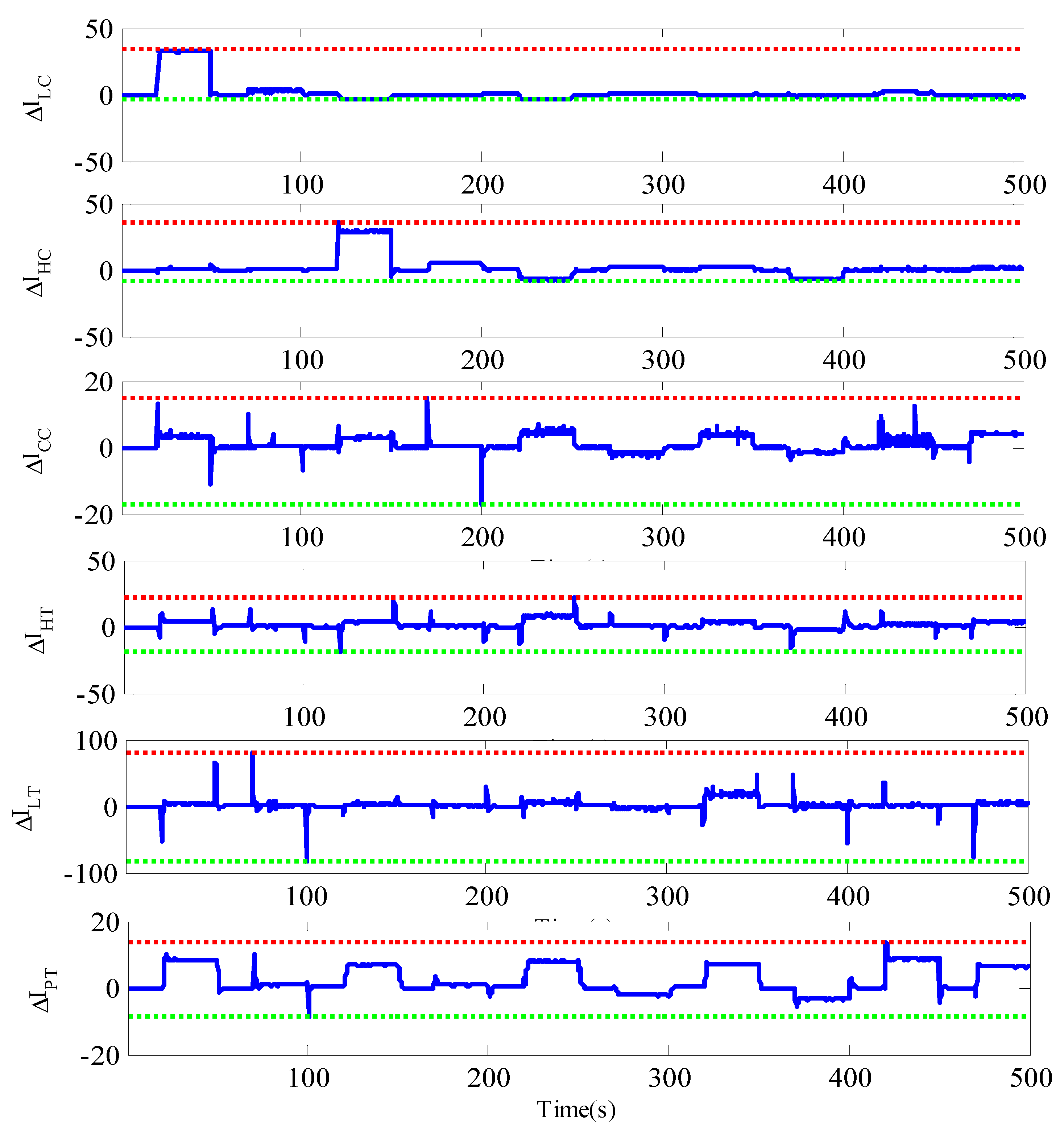
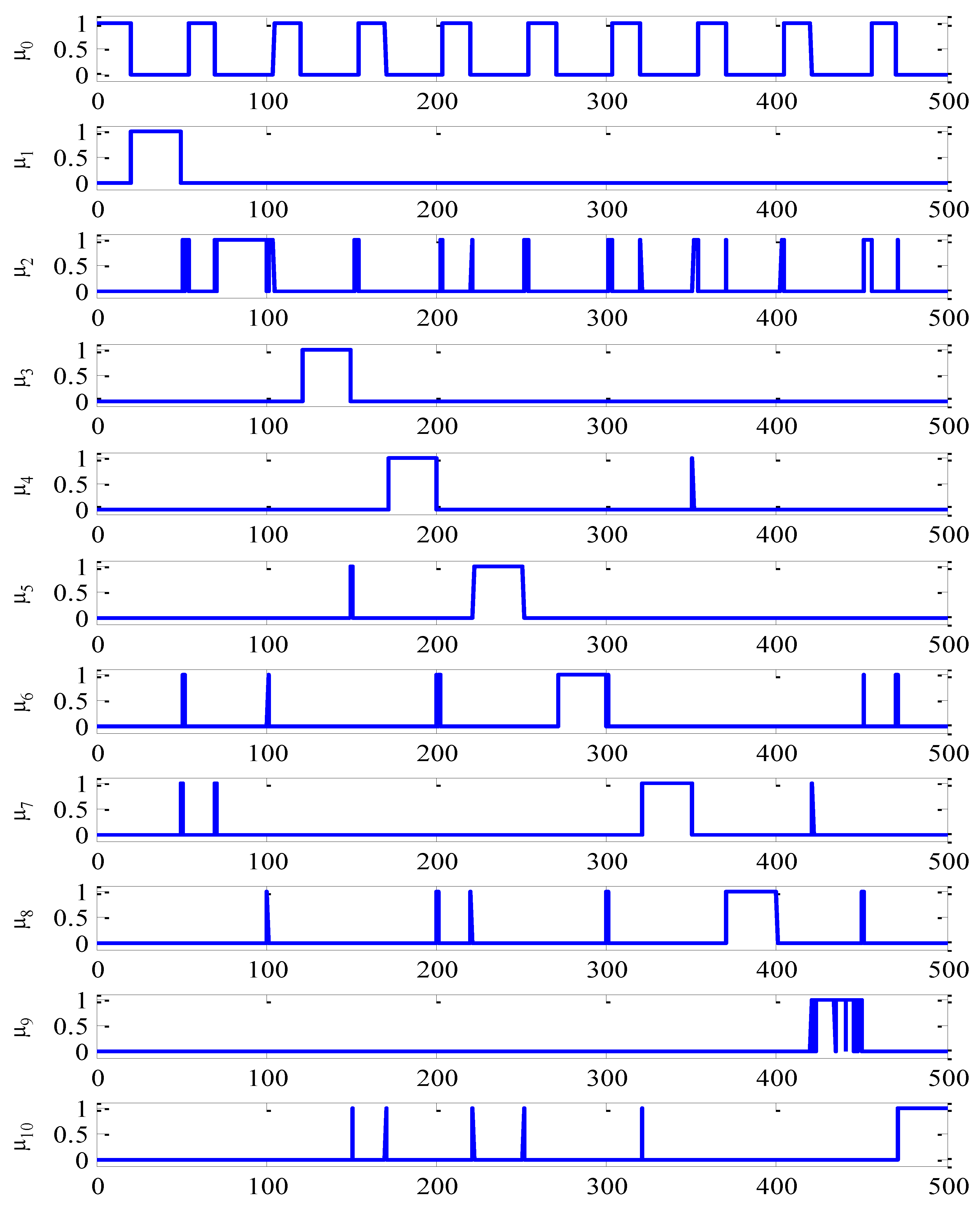
| Number | Component | Exergy Inflow | Exergy Outflow | Exergy Loss |
|---|---|---|---|---|
| 1 | Low-pressure compressor | |||
| 2 | High-pressure compressor | |||
| 3 | Combustion chamber | |||
| 4 | High-pressure turbine | |||
| 5 | Low-pressure turbine | |||
| 6 | Power turbine |
| Fault Code | Fault-Pattern | Fault Component | Fault Severity | Fault Simulation Coefficient |
|---|---|---|---|---|
| C0 | Healthy | - | - | - |
| Low-pressure compressor efficiency decrease | Low-pressure compressor | 20% to 100% | compressor efficiency decrease (1% to 5%) | |
| High-pressure compressor efficiency decrease | High-pressure compressor | 20% to 100% | compressor efficiency decrease (1% to 5%) | |
| High-pressure turbine efficiency decrease | High-pressure turbine | 20% to 100% | turbine efficiency decrease (1% to 5%) | |
| Low-pressure turbine efficiency decrease | Low-pressure turbine | 20% to 100% | turbine efficiency decrease (1% to 5%) | |
| Power turbine efficiency decrease | Power turbine | 20% to 100% | turbine efficiency decrease (1% to 5%) | |
| Low-pressure compressor flow rate decrease | Low-pressure compressor | 20% to 100% | compressor flow rate decrease (1% to 5%) | |
| High-pressure compressor flow rate decrease | High-pressure compressor | 20% to 100% | compressor flow rate decrease (1% to 5%) | |
| High-pressure turbine flow rate decrease | High-pressure turbine | 20% to 100% | turbine flow rate decrease (1% to 5%) | |
| Low-pressure turbine flow rate decrease | Low-pressure turbine | 20% to 100% | turbine flow rate decrease (1% to 5%) | |
| Power turbine flow rate decrease | Power turbine | 20% to 100% | turbine flow rate decrease (1% to 5%) |
| Fault Code | Error Rate | Missing Rate | Detection Time |
|---|---|---|---|
| C0 | 0% | 16.4% | 3.3 s |
| C1 | 0.0000% | 0.0000% | 0 s |
| C2 | 5.0780% | 3.3333% | 1 s |
| C3 | 0.0000% | 4.0000% | 1.2 s |
| C4 | 0.0400% | 6.0000% | 1.8 s |
| C5 | 0.3998% | 6.0000% | 1.8 s |
| C6 | 0.6797% | 4.0000% | 1.2 s |
| C7 | 0.5198% | 4.0000% | 1.2 s |
| C8 | 0.6397% | 1.3333% | 0.4 s |
| C9 | 0.0400% | 8.6667% | 2.6 s |
| C10 | 0.0000% | 4.0000% | 1.2 s |
© 2019 by the authors. Licensee MDPI, Basel, Switzerland. This article is an open access article distributed under the terms and conditions of the Creative Commons Attribution (CC BY) license (http://creativecommons.org/licenses/by/4.0/).
Share and Cite
Cao, Y.; Lv, X.; Han, G.; Luan, J.; Li, S. Research on Gas-Path Fault-Diagnosis Method of Marine Gas Turbine Based on Exergy Loss and Probabilistic Neural Network. Energies 2019, 12, 4701. https://doi.org/10.3390/en12244701
Cao Y, Lv X, Han G, Luan J, Li S. Research on Gas-Path Fault-Diagnosis Method of Marine Gas Turbine Based on Exergy Loss and Probabilistic Neural Network. Energies. 2019; 12(24):4701. https://doi.org/10.3390/en12244701
Chicago/Turabian StyleCao, Yunpeng, Xinran Lv, Guodong Han, Junqi Luan, and Shuying Li. 2019. "Research on Gas-Path Fault-Diagnosis Method of Marine Gas Turbine Based on Exergy Loss and Probabilistic Neural Network" Energies 12, no. 24: 4701. https://doi.org/10.3390/en12244701
APA StyleCao, Y., Lv, X., Han, G., Luan, J., & Li, S. (2019). Research on Gas-Path Fault-Diagnosis Method of Marine Gas Turbine Based on Exergy Loss and Probabilistic Neural Network. Energies, 12(24), 4701. https://doi.org/10.3390/en12244701





